What does a paste look like and how to make it?
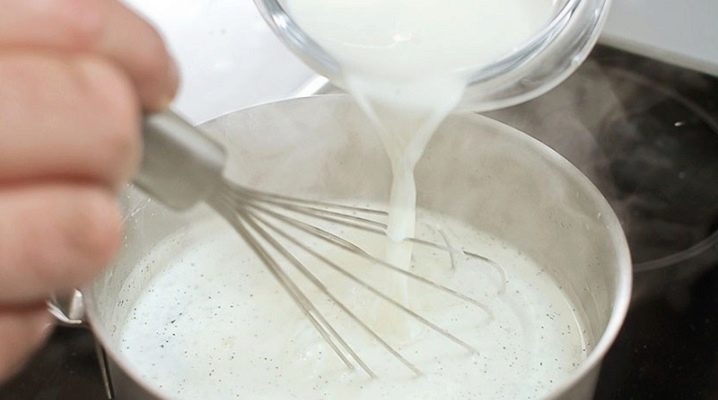
The adhesive was used by people in ancient times. The need to glue different items of high quality has led to the creation of a reliable and simple composition - paste. And even now, when there are many different types of adhesive products on the market, some people prefer to cook the adhesive themselves. In many respects, the paste is really better than many of its modern counterparts.
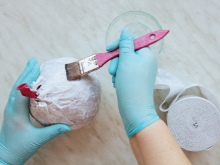

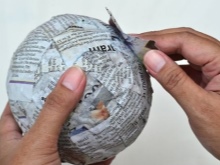
What it is?
A paste is called a gelatinous composition with adhesive properties, made with the addition of flour or starch. In addition to these substances, other ingredients are added to the homemade glue solution to improve properties. A starch paste is obtained by contact with boiling water. At high temperatures, the starch grains absorb liquid, so a spongy thick mass is formed. The adhesive composition is often used in needlework, as well as repairs, replacing wallpaper glue with it.
The main advantage of starch or flour paste is that there are no harmful additives in it. All industrial products of this kind are made with the addition of chemicals.
It is security that allows the paste to be relevant today. It also serves as a worthy replacement for PVA glue.
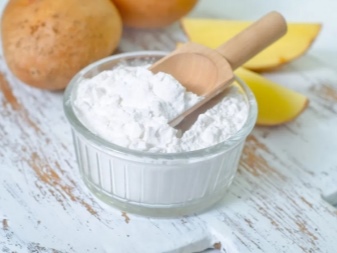
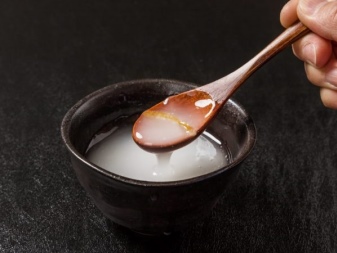
There are a number of other reasons, the catThey help the paste to take the position of the popular adhesive mortar.
- Cost savings. The cost of high-quality wallpaper glue is quite high, so many people prefer to save on this point during the renovation process.
- Completely safe and 100% environmentally friendly composition. No harmful substances are added to the classic recipe.
- If necessary paste easily and quickly cooked from those products that are usually found in any kitchen.
- Paste reliable... You can make sure of this by removing the old wallpaper, glued in the days of our grandmothers' youth.
- If, when pasting the walls with wallpaper, the paste crawls out over the edge of the canvas, it can be easily removed by blotting with a soft cloth.
- There are many recipes for natural paste. You can choose a suitable option using flour or starch.
- Prepare paste everyone will succeed, even a child can handle it.
- During the repair process, there may not be enough industrial glue, but you don't have to go to the hardware store for him.
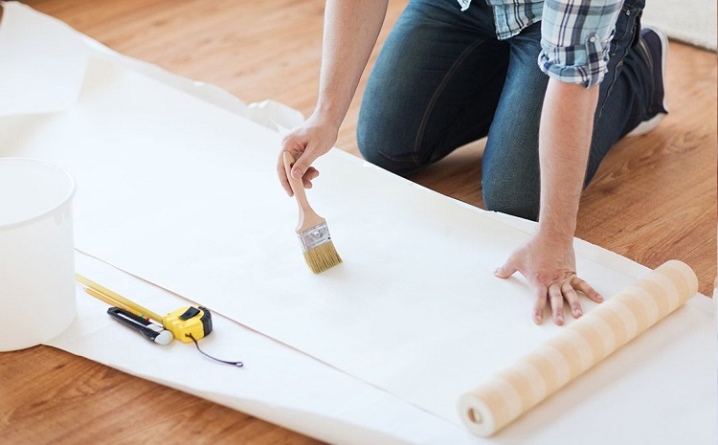
The paste also has a number of disadvantages.
- Short shelf life. The composition quickly turns sour, which is accompanied by the appearance of an unpleasant odor.
- It is advisable to use glue immediately after brewing. It is not recommended to leave it indoors overnight.
- Natural paste - attractive mixture for bacteria and microorganisms.
- The finished composition is not moisture resistant. Without the addition of PVA, the water resistance of the composition will not exceed 5%.
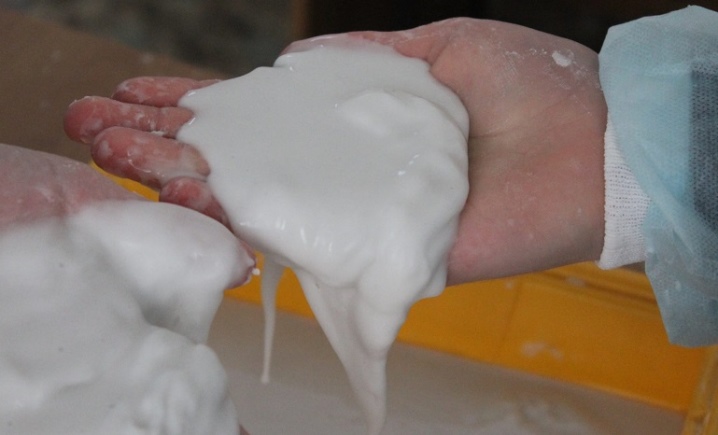
To make a paste, you need flour, and it is better to take a low-grade product with a high gluten content. The flour must be sieved before use. Water is poured in gradually, stirring, so that no lumps form. Salt acts as a preservative. It takes about a tablespoon. You can take salt of any fraction, but some prepare the paste without it.
The composition is cooked over low heat in a non-stick cookware. You will have to stir without stopping. It is necessary to control the brewing process of the glue. As soon as the mass boils, you can turn off the heat. To enhance the adhesive properties, it is better to mix 1/2 tube of PVA.Use the mixture after cooling to room temperature. The paste can be made from any starch. Not only the consistency of the composition depends on this, but also its durability. Each cooking option has pros and cons.
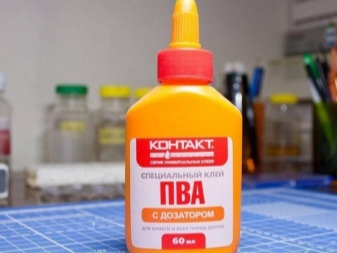
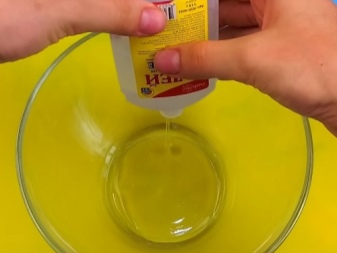
Corn starch
The mixture is slightly cloudy. Differs in good curing ability. It is cooked at a high heating temperature. It is stored for at least a week or even longer.
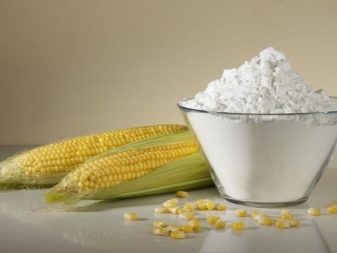

Wheat (flour)
Demonstrates an average level of solidification. It can be stored for up to several days. Turbidity is present. It is used to repair bindings.
It would be correct not to cook such a composition, but add a thin stream to the boiling liquid. Otherwise, when the solution cools down, it will lose its adhesive properties.
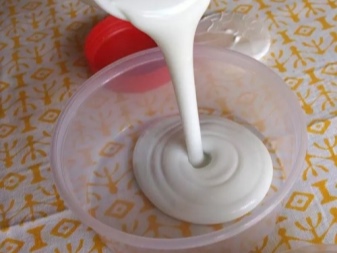
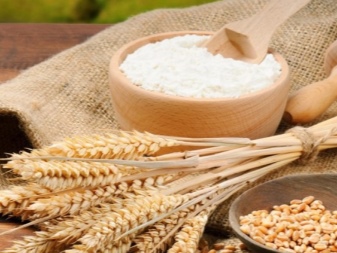
Potato
Potato starch glue looks clean and transparent, it hardens slowly. The downside is that in the air it changes quickly and sour. It is brewed at a low temperature.
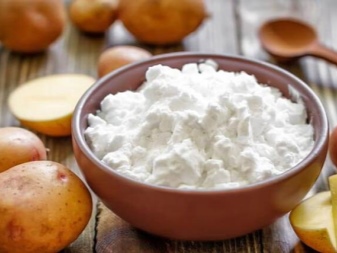
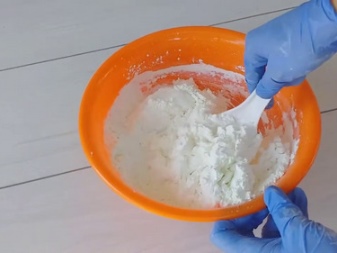
Rye flour
In combination with turpentine, it demonstrates excellent strength. This paste is resistant to moisture and can be used for pasting ovens and pasting new canvases directly onto old wallpaper. To prepare the composition, a minimum of components are required (in addition to ordinary flour or starch). When creating the most convenient composition for use, it is necessary to take into account some of the nuances of the choice of products and inventory.
- To avoid clumping, before adding the flour is sieved.
- Stir the mixture completely, if you use a mixer or a whisk on a blender... But it is perfectly acceptable to use an ordinary metal spoon. The main condition is for the mass to turn out without lumps.
- It is better to take a saucepan or other container non-stick.
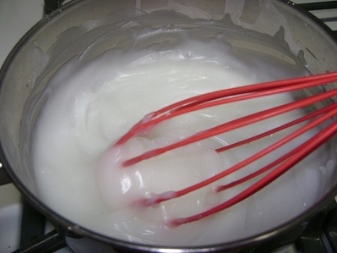
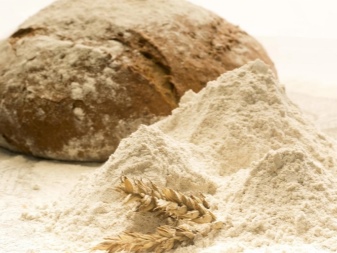
The basics of cooking are as follows.
- Heat the water on the stove.
- Add the dry mixture in a thin stream, little by little and quickly, stirring until a homogeneous consistency is obtained.
- In the process of brewing, the mass is stirred with a wooden spatula.
- The approximate ratio of dry and liquid components is from 1: 2 (minimum) to 1: 8 (maximum).
- The process must be continuously monitored, otherwise the mixture may burn. To prevent this from happening, it is better to prepare the solution in a water bath. At the same time, you should prepare for the fact that the process will take 15-20 minutes more.
- The composition is boiled by placing a saucepan on a minimum heat.
- The paste is not used while it is hot. He needs to cool down naturally.
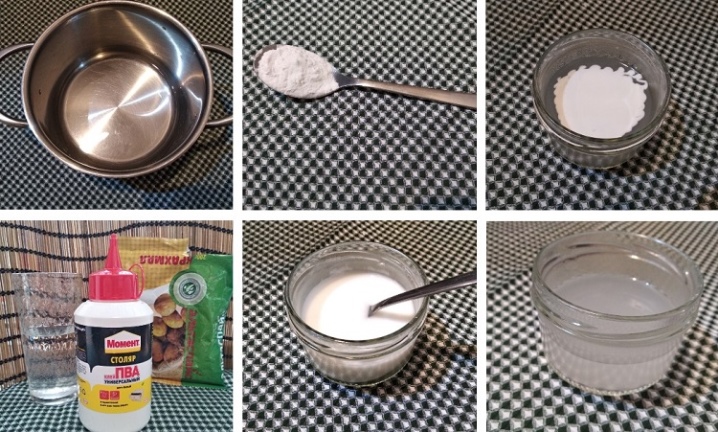
How to make for wallpaper?
Only three decades ago, wallpaper was glued to the paste in 99% of residential premises. When preparing glue at home, you must follow the instructions. Then it will be possible to achieve the desired quality. The steps for preparing a regular paste look like this.
- Sift 1 cup flour to keep the mixture from clumping.
- Introduce cold water in small doses, without stopping stirring. The desired consistency is similar to thick sour cream.
- Stir thoroughly to dissolve any lumps.
- Add water to make 1 liter of the mixture. If the mass is thick, it is necessary to take the heated liquid.
- Add half a glass of PVA glue to the mass and mix thoroughly. PVA will give the mass optimal viscosity and the ability to set quickly. Another alternative additive is wood glue. It is added when wallpapering on painted walls.
- Put the saucepan with the mixture on low heat and stir with a wooden spatula until bubbles form. As soon as this happens, the fire turns off, and all the smallest lumps are stirred until dissolved.
- If the surface of the solution is covered with a film, you must immediately remove it.
- It is desirable to filter the composition through thick gauze. It is important to be careful not to burn the skin during these manipulations.
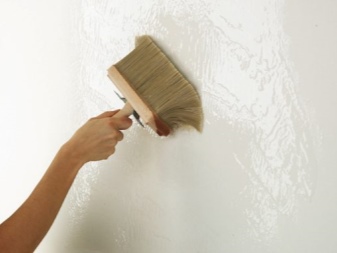
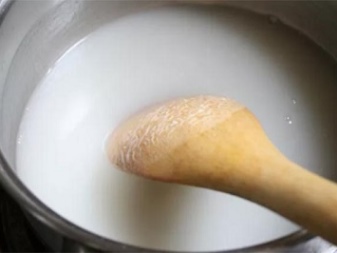
The finished paste turns out to be gelatinous in consistency and transparent. After cooling, it can be used as intended instead of industrial wallpaper glue. It is important that it cools naturally.Do not cool the solution in the refrigerator or speed up the cooling process in any other way. For wallpaper, it is advisable to prepare a paste on rye and wheat flour (it contains 75% starch). Potato starch glue is not too waterproof and can rot from dampness.
And the strength of the glue seams with it turns out to be insufficient. Such a composition is suitable only for gluing thin paper wallpaper or primer on ceilings and walls. It is important to weld a sufficient amount of glue, remembering that they first have to prime the walls, and only then apply to the wallpaper canvases.
A high-quality mixture with starch does not appear after drying and allows you to stick wallpaper of any texture and color more accurately.
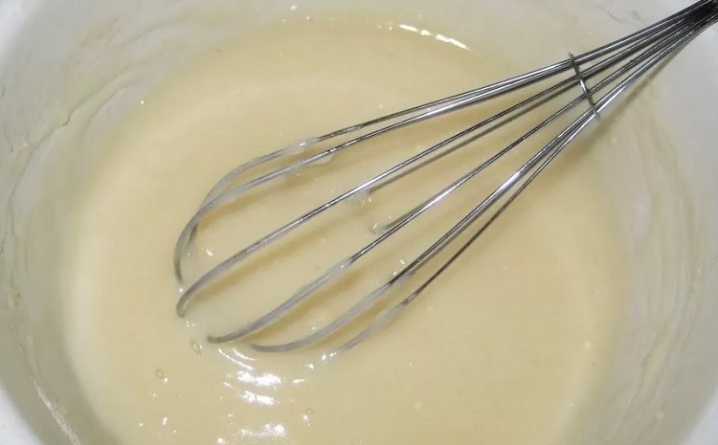
The higher the density and weight of the wallpaper, the more tenacity the glue should have. For better adhesion, joiner's glue is introduced into the cooled mass if the wallpaper is dark in color, and PVA if it is light. It is important to consider a few more additional rules.
- To endow the paste with waterproof qualities, calcium chloride is introduced into it at the cooking stage.... For each liter of water, 40 g of this substance will be needed.
- The natural composition of homemade glue is attractive to bugs and mold. He needs to give antiseptic qualities by adding 1 g of copper sulfate per 100 g of starch mass.
- To weld paper wallpaper adhesive, you need about 150 g of rye flour or a little more wheat flour, as well as 1 liter of water, a large saucepan and a bowl.
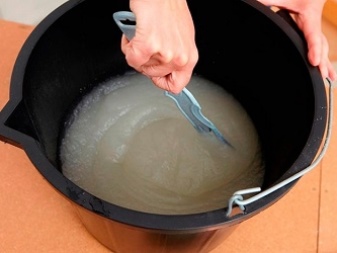
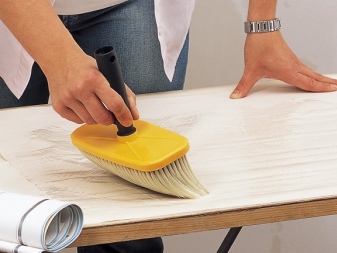
For vinyl textures of coverings and wallpapers with a non-woven base, a thicker paste with increased fixation is required. It is made similar to the composition described above. But sometimes a special product is also made, suitable both for wallpaper and for priming or tiling in small sizes.
To prepare the glue solution, you will need:
- 1 liter of purified water;
- 20 ml of alcohol;
- 150 g flour;
- 4 ml glycerin;
- 5 g of photographic gelatin.
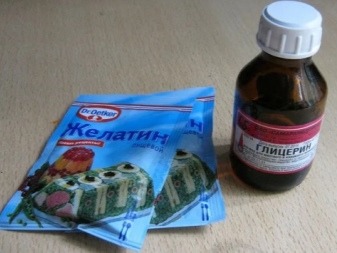
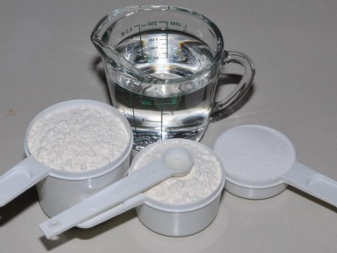
Ordinary gelatin will work, but using it will reduce the adhesive strength of the mixture.
- Dissolve gelatin in a glass of water and wait 24 hours. Then add 850 ml of pure water to the container with the swollen gelatin.
- It's better to cook in a water bath, stirring carefully.
- Dilute flour in 150 ml of purified water, stirring until the lumps are completely dissolved. Smoothly introduce the flour mixture into a saucepan with heated gelatin.
- Bring the solution to a boil, stirring continuously. It is important to get a homogeneous mass.
- Add alcohol and a serving of glycerin. Stir all ingredients continuously for about 10 minutes.
- Then remove the bowl of glue from the water bath and wait until the mixture has cooled.
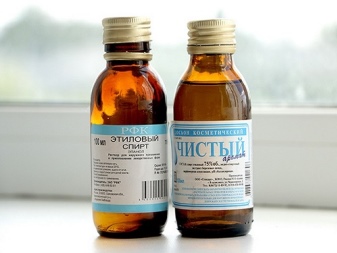
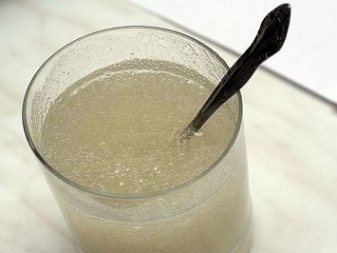
If you need a very durable paste with waterproof properties (for example, to stick heavy wallpaper), you should try this recipe:
- dilute 40 g of calcium chloride in 600 ml of water and wait for it to boil;
- combine 400 g of starch and 400 ml of water in a separate container;
- pour liquid calcium chloride into starch water, stirring constantly;
- add the base of glue to 4 liters of heated water;
- cook for 180 seconds, maintaining a minimum heat;
- cool, leave for a couple of hours, and then drain.
The tenacity of the paste is checked as follows: rub a drop of glue between your fingers and try to slowly separate them. The more difficult this process is, the better the gluing will be. If traces form at the joints of the wallpaper when pasting the walls, they can be easily cleaned with a wet cloth.
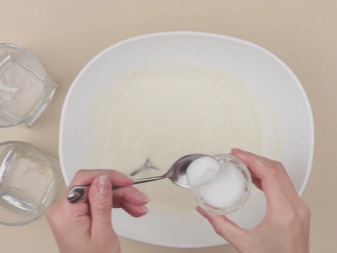

How to cook for crafts?
Claster is a popular DIY solution, especially with children. It does not provoke allergies, is not toxic, and therefore can be confidently used in children's art. Even young children can be safely allowed to work with starch paste. The composition can be easily washed from any surface. There will be no problem, even if drops accidentally fall on the parquet floor, smear the table, carpet, tablecloth or clothes.When brewing a craft solution, you need to stock up on a sufficient amount of starch. It is important to adhere to certain proportions when mixing components. Then it will be possible to obtain a mixture of the expected consistency.
If you use flour glue on water, then the following proportions will be required: 2 to 1 based on water to flour... To prepare a thicker glue, add three quarters of any flour to a similar portion of water. If measured with a glass, then for liquid homemade glue you need one glass of water and half a glass of flour. For a stronger solution, add 3⁄4 cup flour to a glass of liquid. Before working with the paste, it must be cooled, especially if a child will use it.
Glue preparation takes little time. Boiling can be done in just 5 minutes. The preparatory process will also take a little time, when the flour needs to be diluted in cool water. And it will take another couple of minutes to filter the solution to get rid of the lumps.

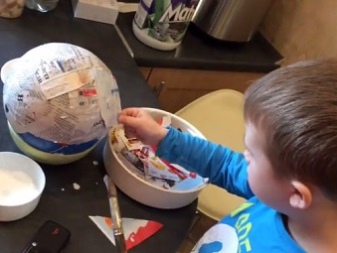
Homemade potato starch mixture comes out no less tenacious. To obtain natural starch glue, different proportions and preparation stages are required:
- pour 10 tbsp into a bowl. l. water and pour 1 tbsp. l. starch;
- to stir thoroughly;
- add another half glass of water, mix again;
- if it turns out to be thick, you can enter a portion of hot water;
- boil the mixture over low heat until boiling.
The cooled starch paste is ready for use 10 hours after brewing.


From fabric
For fabric wallpaper, creating a cotton toy with your own hands and other textile crafts, a special paste is needed.
It will take:
- 2 tbsp. l. flour;
- 2 glasses of water;
- 1⁄2 tsp Sahara;
- a pinch of vanillin.
Cooking process:
- pour flour into a saucepan and pour half a glass of water;
- mix the composition thoroughly until smooth;
- in another container, mix 1.5 cups of water with sugar and put the mixture on fire;
- pour the flour mixture into the boiled sugar syrup;
- cook the composition, stirring constantly, and as soon as it begins to thicken, turn off the heat;
- add vanillin, mix the mixture thoroughly and leave to cool completely.
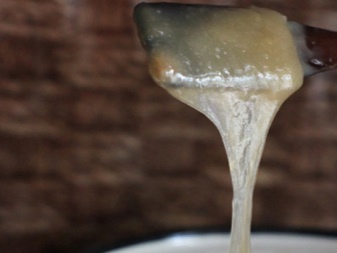
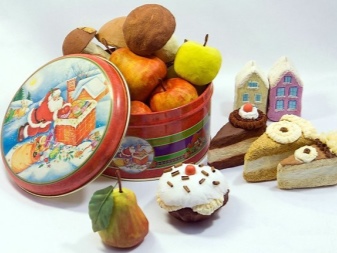
Papier-mâché
The following composition is very suitable for making papier-mâché, paper applications and other creative works:
- Pour 1 full glass of rye flour into a saucepan;
- pour the same amount of water, beat the mixture with a blender or mixer;
- gradually add a couple more glasses of water;
- stir the mass to avoid the formation of unnecessary lumps;
- put the pan on the stove and bring the mixture to a boil over low heat;
- as soon as the product boils, remove the pan from the stove.
Apply the composition after cooling completely. It can be stored for up to 48 hours by draining into an airtight glass container. Paper products will hold firmly if you use such an adhesive.
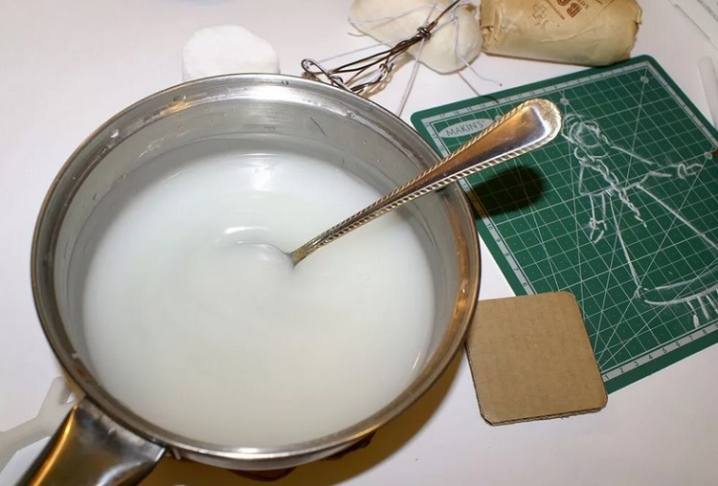
How to prepare for pasting windows?
Paste is also suitable for sealing gaps in window openings. Caring owners boil it to keep the house warm economically. A composition based on flour or starch is applied to paper strips and glued to the resulting cracks. You can do it right the first time. The process is not difficult even for inexperienced housewives. You can use either flour or starch.

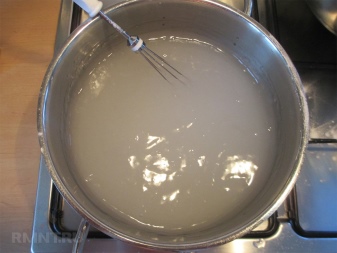
How to cook without boiling?
Starch paste does not need to be boiled. For this, 100 g of starch is mixed with two glasses of cooled water. Then you need to pour in 1/2 cup of heated water and stand for 5 minutes. After that, the paste is suitable for gluing paper or vinyl wallpaper. It turns out to be jelly-like, without lumps and almost transparent in appearance. Few know that natural paste can also be used to whitewash trees. In this case, 10 tablespoons of flour paste is added to 2.5 kg of chalk and diluted with 10 liters of hot water.
This whitewash fits perfectly on the trunks and lasts a long time. The cooled paste acquires the required density and thickens.If the composition is too thick and inconvenient to use, it must be diluted with boiling water.
A whisk will help to stir the mixture well. During the cooking process, it is very useful for whipping until a smooth consistency. But in extreme cases, an ordinary table fork is also suitable for these purposes.
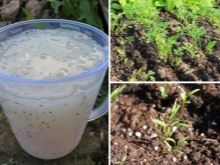
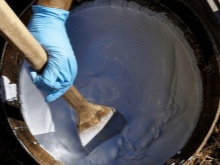
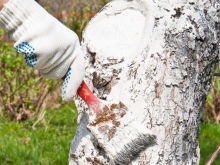
Storage features
Usually paste is stored for no more than 3 days. It must be poured into a tightly sealed container and put into the refrigerator or other cold place. If the composition contains salt, then such a paste will not remain unused for long. Under normal conditions, the shelf life of such a paste is no more than 24 hours. In warmth, the adhesive loses its viscosity, therefore it requires storage in a cool place at temperatures up to + 18-20 degrees.
The composition needs to be prepared just before use, considering that the maximum fixation of the mass is possible at its temperature of +40 degrees. The shelf life can be increased by adding salicylic acid or other additives to the adhesive. Alcohol-based adhesive should be used by children under adult supervision.
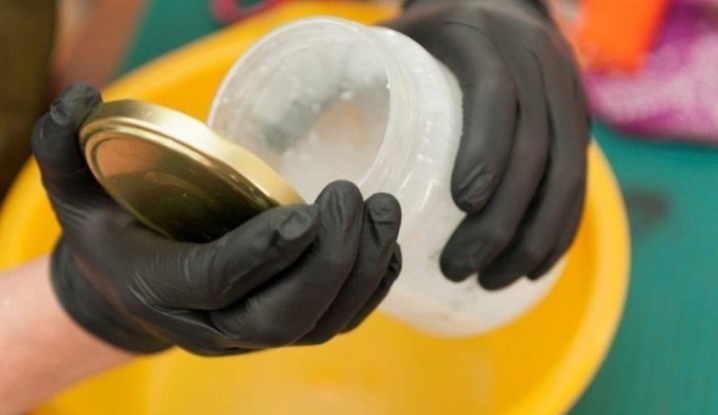
Additional recommendations
To prevent parasites and insects from getting into the paste, it is strongly recommended to add Karbofos. For even distribution of the paste on the wallpaper, it is important not to digest the glue mass. But if this happens, you need to add a little water to it and reheat the composition. If the consistency is too liquid, adding flour will help. It is mixed with water in a separate bowl to make something like a batter, then poured into a paste. The composition is stirred and brought to a boil. It is strictly forbidden to pour dry flour into the glue. This will spoil the adhesive by forming many lumps.
To avoid lumpiness, cold water is always poured into flour or starch, but not vice versa. The preparation of starch glue is possible from potato or corn starch, the choice of a particular type does not affect the result. If it is required to improve the moisture-resistant qualities of flour glue, during its cooking, it is necessary to introduce PVA into the mixture in an amount of 5% or more of the total mass. Adding alcohol to the paste allows you to keep its properties for a week.
If a large amount of flour glue remains, it is recommended to divide it in portions so that a certain amount is used every day. The leftovers are kept in the cold.
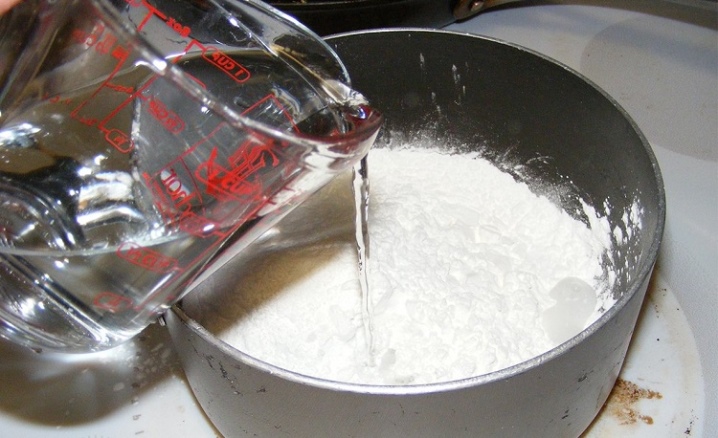
For information on how to cook flour paste, see the next video.













The comment was sent successfully.